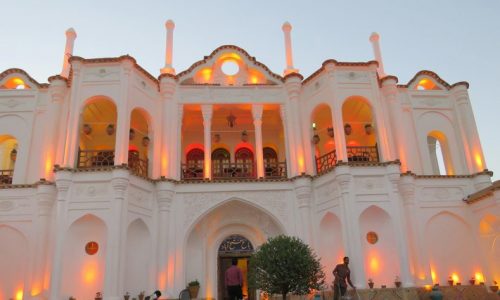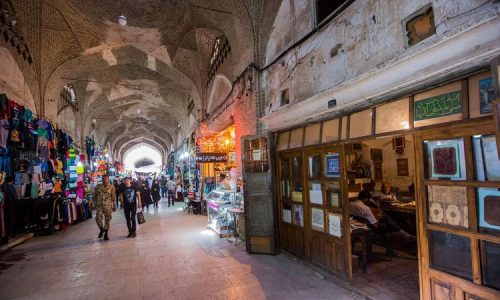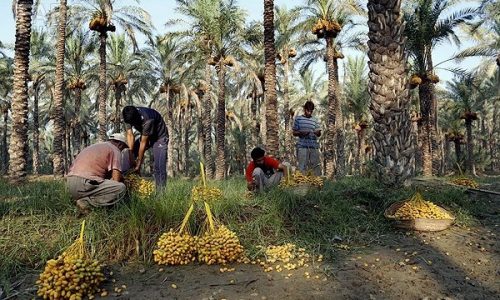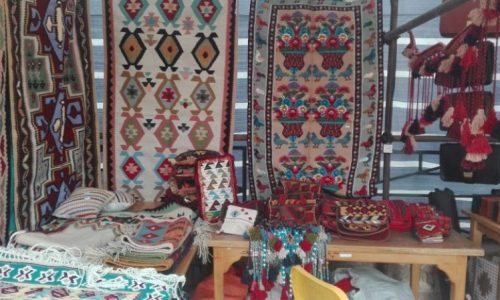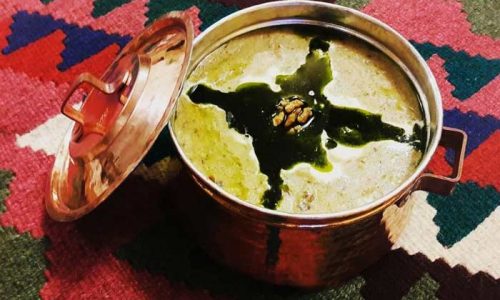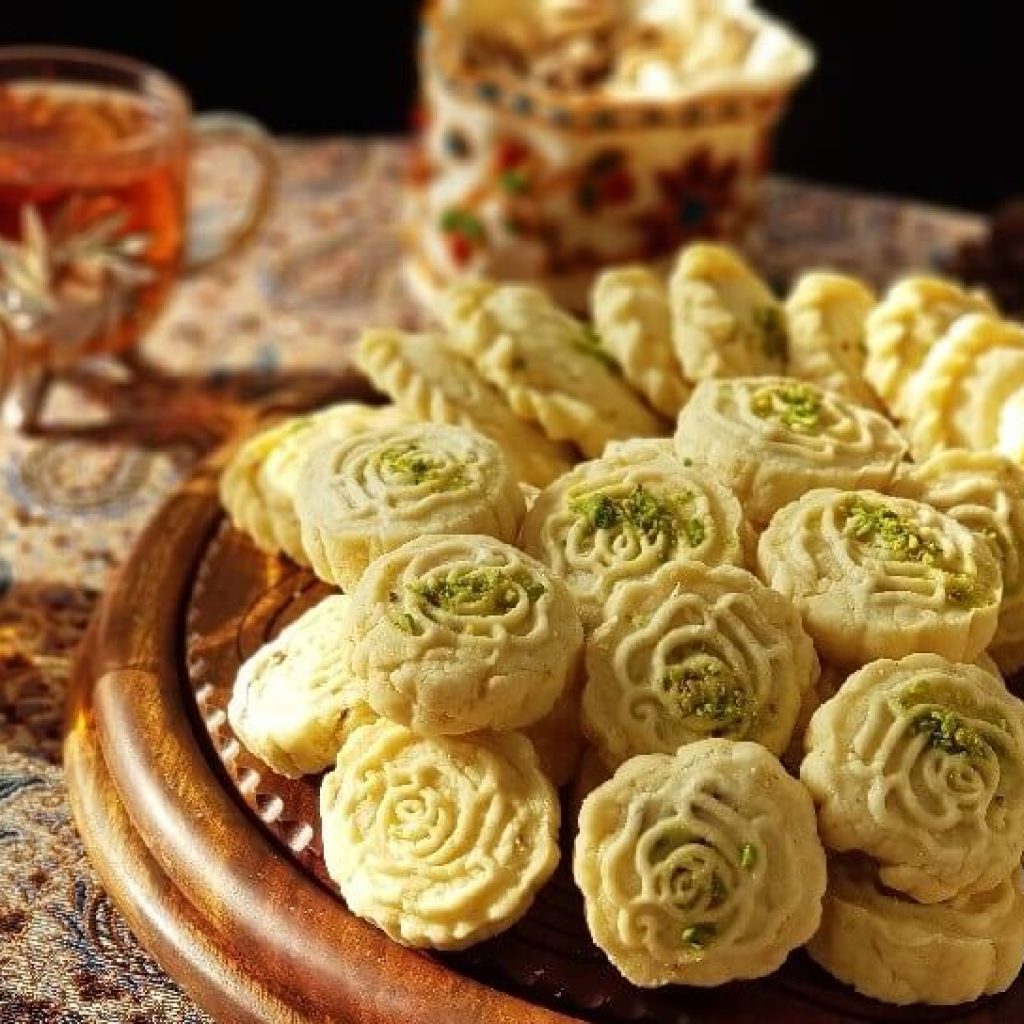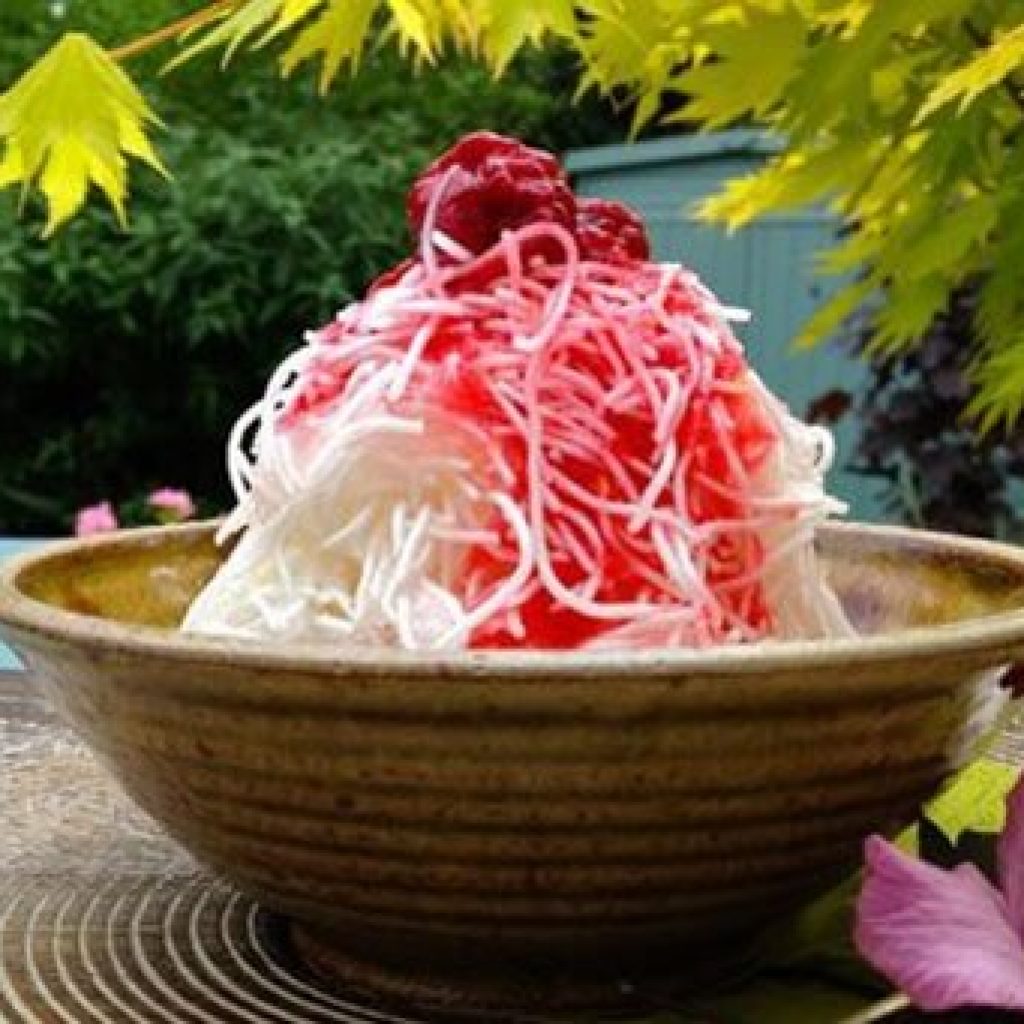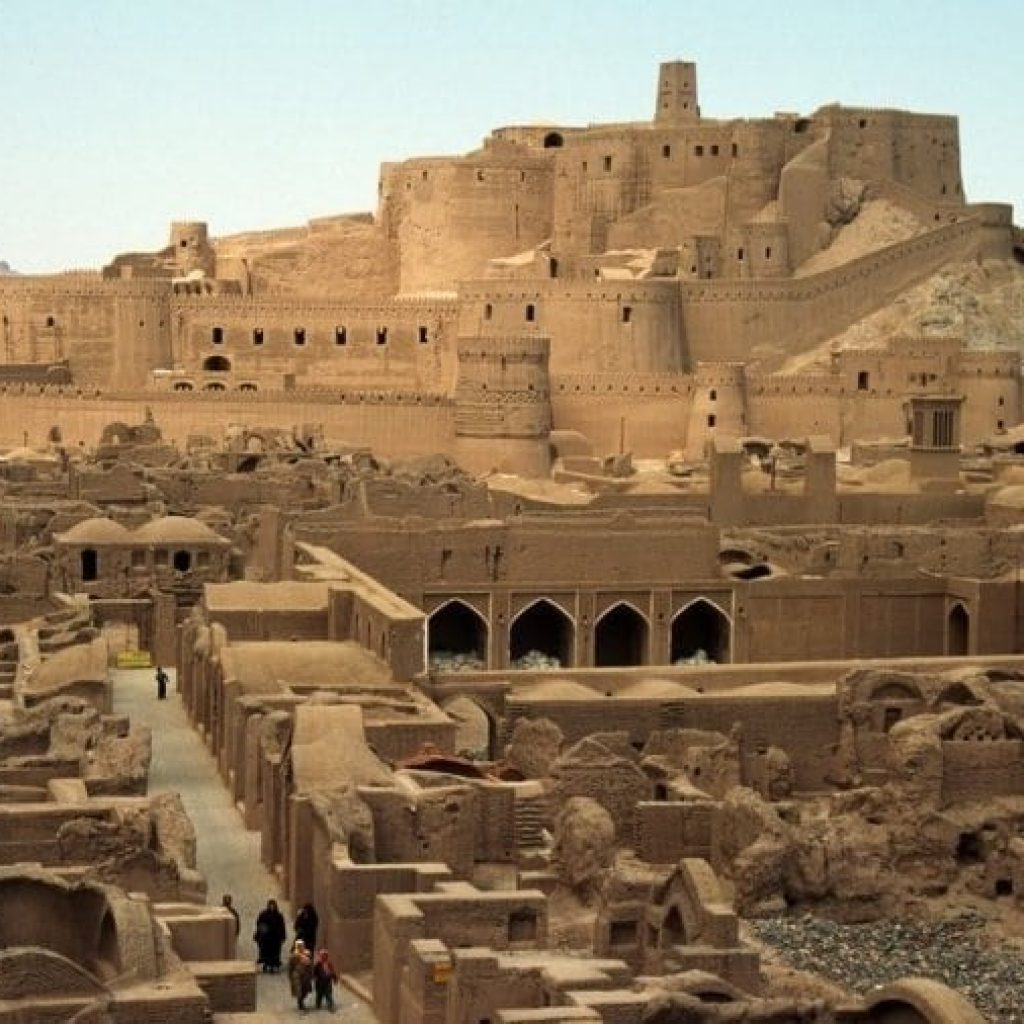The city of Kerman is one of the metropolises of Iran and the capital of Kerman province is in the southeast of Iran. This city has a population of 515,114. Kerman is administratively, politically, culturally and industrially the largest and most important city in the south and southeast of Iran. The area of Kerman metropolis is about 13 hectares, which is approximately equal to the area of Shiraz metropolis. This city is historically one of the top five cities in Iran.
Kerman historical background
The name of Kerman in pre-Islamic times was “Botia” and “Karamania”. Some believe that Kerman has been transformed into the word “Kariman” and others consider it to be derived from “Karmania” meaning “place of heroism and battle”. While Arab and Jewish histories consider “Kerman” to be the son of Hital or Heptal, descendants of Noah. Persian books mention Tahmurth as his ancestor. Historically, the history of human settlement in the land of Kerman dates back to the fourth millennium BC. This region is one of the oldest regions of Iran. The existence of any historical space in Kerman expresses a part of the angles and dimensions of the life of the people and governments of this region. Due to its importance in Iran, the city of Kerman has been considered as the capital of Iran at some periods of time. In some periods there were several capitals at different times and during different rulers and kings.
The periods that Kerman has been along with some other cities of the capital:
Qarakhtayan: For about 70 years, only Kerman has been the capital.
Al-Buwayh: Kerman has been with several other cities and in different periods of the capital.
Al-Muzaffar: Kerman, along with several other cities, has been the capital.
Zandieh: After the fall of Shiraz by Agha Mohammad Khan Qajar, Lotfali Khan Zand went to Kerman and made this city the capital for about two years.
Kerman climate
Kerman is about 1755 meters from the sea. Due to this high altitude, the climate of this city is temperate and relatively cold. Therefore, it is cool and mild in spring and has very cold winters. Therefore, the best time to visit Kerman is spring and late summer. One of the attractions of this city is its nights because the sky is so full of stars that you feel like you are in galaxy, and it’s like if you reach out, you can use this star-dome to take a star for yourself.
People of Kerman
People living in Kerman are from different tribes, clans, and ethnicities. In fact, tribes such as Afshar tribe, Bachaqchi tribe, Soleimani tribe, Lor tribe and Arab tribe live together in this province. Which are scattered and live in different parts of Kerman.
One of the reasons for being popular and interesting for people to travel to this city is the hospitality and warmth of the people of Kerman. People who have traveled to Kerman are always satisfied with the morals and hospitality of the people of Kerman.
Kerman economy
The people of Kerman are engaged in earning income and employment in various ways. The city has various industries such as Shahid Bahonar Copper Industries, Coal Industries, Almas Kavir Carpet, Mumtazan Cement, Barez Rubber Industries, Kerman Cement Industries, Kerman Combined Cycle Power Plant and Kerman Medical Industries, which have provided many jobs.
Rose water and persimmons are also industries and products produced in Kerman that greatly contribute to the economic prosperity of this province. But these are not the only influential factors and lucrative jobs in Kerman province. Having recreational, cultural, tourist and historical attractions is one of the factors that attracts many tourists and travelers to Kerman every year. It should be noted that agriculture is also one of the most lucrative jobs in this city. Pistachios, Bam dates, cumin and walnuts are Kerman’s agricultural products that are exported to other parts of the country and even foreign countries.
Kerman handicrafts and souvenirs
Kerman has very beautiful and of course valuable and expensive souvenirs that travelers 0f this city can buy for themselves. Pete embroidery is one of the most famous souvenirs of Kerman, and artists of this style create very beautiful and attractive roles with colored threads on the surface of woolen fabrics. Knit Pete embroidered fabrics and precious carpets of Kerman are the main souvenirs of this city.
Foods and sweets of Kerman
The city of Kerman, like other cities in Iran, has its own sweets and delicacies. Some of these foods are mostly used at certain times of the year.
Bozghormeh
This delicious Kermani food is still popular among the people of Kerman province. The main ingredients of this food are meat, peas, garlic and curd. The name Qarmeh comes from the foods that used baked sliced salty meat that was named Qarmeh because there was no refrigerator.
Ash Omachu
Omach or in the local language of Amacho (Shuli) is a kind of Kermani soup. This dish is prepared with wheat flour, vegetables, lentils, herbs and various spices that have medicinal properties. This very tasty and special dish serves sour.
Zira polo
Everyone has heard the proverb of taking cumin to Kerman that it is an allusion to useless and useless work. But we suggest you to travel to Kerman to eat Kermani Zira polo. Kerman province is one of the main places for planting and producing and even exporting cumin. Another rice dish cooked with cumin is Lapa polo. In this Kermani dish, like zira polo, meat or chicken, along with a lot of cumin, along with rice, they create a magical taste. Eating pilaf cumin in restaurants in Kerman province is a living memory of a trip to this city and province.
Qavut
Qavut is a very tonic powder that is called kuvatu due to Kermani accent. This food powder is a famous souvenir of Kerman province. Quto is actually a kind of powdered sweet.
Colmpe
This sweet was originally baked in Bam. But today it is cooked all over Kerman province. Clamp is a cookie cutter, but it differs in taste from cookies from earth to sky.
Kermani faludeh
Kermani faluda is a very tasty potion that can only be found in the cities of Kerman province. Unlike the Shirazi faluda, this faluda is in the form of round or small cubes. Faludeh is one of the delicious and special Iranian desserts that is prepared and served in any region.
Other Kermani foods
Kinds of broth with meat and without meat are a collection of Kermani food that is liquid and in which bread is traded.
Zargari kebab is a Kerman food that in Shiraz is called Do piaza and in Mazandaran it is called Bij Bij.
A variety of broths and Kala josh with curd are the names of familiar foods. But in this area, both meatballs and Kala joosh are cooked in different ways. Methods related to climate and food in this region. Chugukhbrizo, meatballs, perch, pita and beet lentils are also simple local dishes, and Petri is the name of a local bread.







